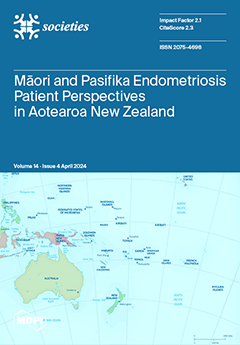Poverty, particularly in developing regions, is a complex, multifaceted issue deeply embedded in various interrelated factors. It extends beyond mere financial insufficiency, encompassing limited access to essential services such as healthcare, education, and overall living standards. This study examines both the unidimensional and
[...] Read more.
Poverty, particularly in developing regions, is a complex, multifaceted issue deeply embedded in various interrelated factors. It extends beyond mere financial insufficiency, encompassing limited access to essential services such as healthcare, education, and overall living standards. This study examines both the unidimensional and multidimensional aspects of rural poverty in Suri Sadar Sub-Division, located in Eastern India. For the unidimensional aspect, this study employs the poverty headcount ratio and the Poverty Gap Index to gauge the incidence and intensity of poverty. In contrast, the multidimensional approach utilized three dimensions and 12 indicators to assess the incidence, severity, and multidimensional poverty index utilizing the Alkire–Foster (AF) methodology. The unidimensional analysis, focusing on income and consumption, highlights significant economic disparities, particularly in the western Community Development Blocks, namely, Khoyrasole, Md. Bazar, and Rajnagar. The highest levels of multidimensional poverty are generally consistent with the unidimensional findings, particularly in the western blocks. These results underscore the need for comprehensive poverty reduction strategies that address both economic and broader aspects of poverty. In areas like the western blocks, where both income-based and multidimensional poverty rates are high, strategies should integrate economic development, improved healthcare access, enhanced educational quality, and living standards improvement. Therefore, this study serves not only as an academic endeavor but also as a vital tool for informed policymaking in poverty alleviation, providing planners, administrative officials, and researchers with essential insights to develop effective, localized, and sustainable poverty reduction strategies.
Full article





